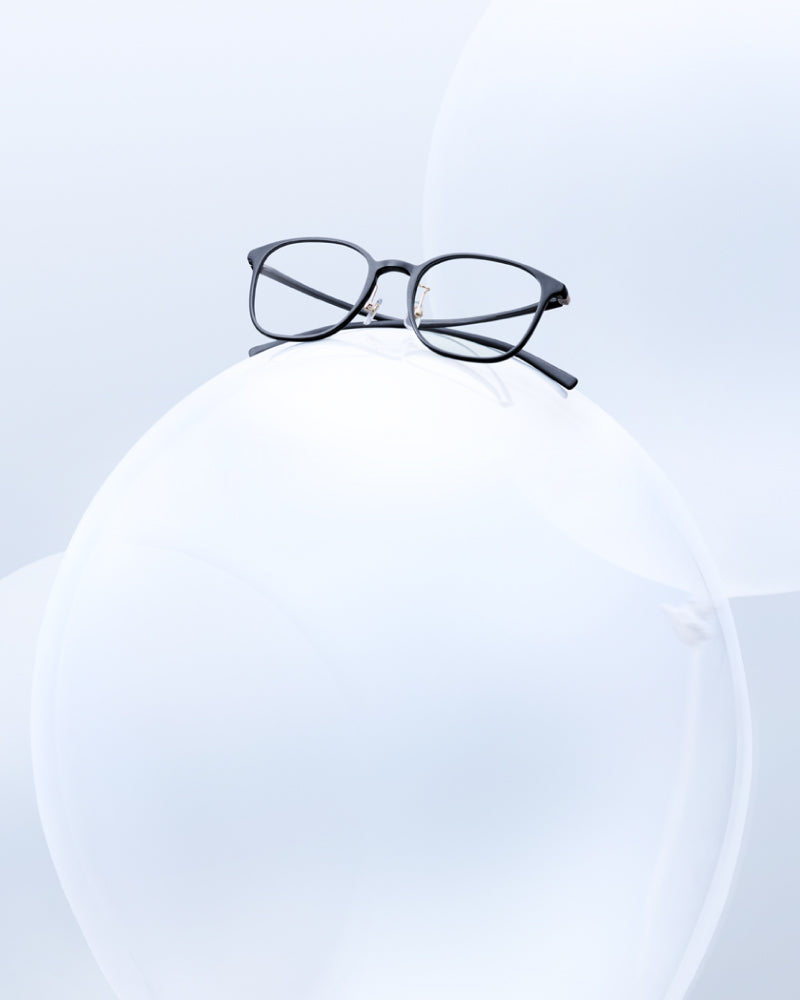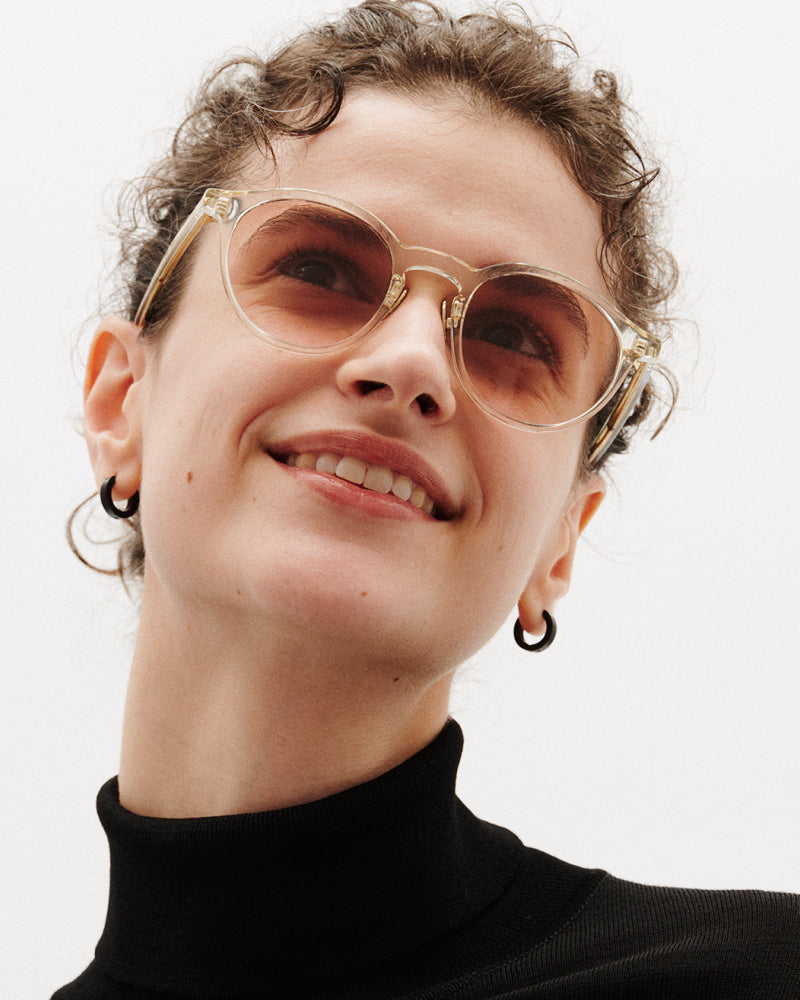Because of the way health insurance works in America, it's not always clear whether certain types of care are covered by your plan even when you have health insurance. This is especially true of vision care.
For example, vision care expenses are not covered by Medicare Parts A or B. To have optometrist appointments and prescription eyewear covered by Medicare policies, a person must take out a separate vision and dental plan or one of the Medicare Advantage (Part C) plans that includes such coverage.
For those folks whose insurance coverage does not include vision care, an effective way to reduce the cost is to use an HSA or FSA account to cover occasional expenses, such as new prescription eyeglasses.
WHAT ARE HSA AND FSA?
FSA stands for Flexible Spending Account, which is an account offered by employers that employees can deposit money into as a way of saving for medical expenses. The funds in the account can only be used for medical expenses, and individuals are not taxed on the money they save in the account.
By using an FSA to pay for medical expenses, individuals effectively save money equal to the amount of tax they would have paid on the deposit if they had put that money aside in a standard savings account.
HSA stands for Health Savings Account. An HSA is similar to an FSA, with the main difference being that HSAs are managed by individuals, while FSA accounts are managed by employers.
There are some other differences between HSAs and FSAs:
| HEALTH SAVINGS ACCOUNTS (HSA) | FLEXIBLE SPENDING ACCOUNT (FSA) | |
|---|---|---|
| Requirements | Cannot be eligible for Medicare. Must have a High-deductible health plan | Set up by employer |
| Managed by | Individual | Employer |
| Yearly Contribution Limit | $3,450 per individual or $6,900 per household | $2,650 per individual or $5,300 per household |
| Other Limits | Contributions can be changed at any time. | Contributions can only be changed during open enrollments or after a change of circumstances. The employer may require receipts to be submitted to verify the nature of the purchase. |
| Withdrawal Penalty | Savings can be withdrawn without penalty from age 65. Withdrawals before age 65 are subject to a 20% penalty and must be declared for income tax purposes. | Employers can choose whether it is possible to withdraw funds for nonmedical expenses. |
In general, HSAs are more flexible than FSAs. Holders of an HSA can use an HSA debit card to pay for medical expenses, and do not need to submit receipts to prove what the money was spent on. This makes dealing with healthcare expenses a much simpler process.
CAN YOU USE AN FSA OR HSA FOR EYEWEAR?
It is permitted to use an FSA or HSA to cover the cost of prescription eyewear. Both glasses and contact lenses can be paid for using these accounts.
Non-prescription eyewear cannot be paid for using an FSA or HSA, because it is not classed as a medical expense.
An FSA or HSA can be used to pay for the following types of eyewear:
- Prescription eyeglasses, including reading glasses, progressive multifocals and bifocals
- Eyeglass frames (without lenses)
- Prescription sunglasses
- Contact lenses and any related cleaning solutions
- Safety goggles or sports masks with prescription lenses
The rule of thumb is that an HSA or FSA can be used to pay for any form of prescription eyewear. If the item that you wish to purchase has been prescribed by an optician or optometrist with the aim of improving your vision, it will most likely qualify as an allowable FSA or HSA expense.
While most standard prescriptions are covered by all FSA and HSA plans, there are some eyecare-related prescriptions that not all providers agree on. For example, glasses with blue light filters are covered by some plans, but not all of them. Please check your applicable plan's requirements carefully.
Blue light filters are often used by people who struggle with insomnia. Blue light emitted by computer screens is thought to interfere with the body's internal clock, meaning that using a computer late at night could make it harder for a person to fall asleep.
At JINS Eyewear, we offer eyeglasses with blue light filters that block out up to 25% of the blue light emitted from smartphones and computer screens. We also offer blue light glasses for night time use before bed, that blocks up to 60% of blue light. In addition, we have blue light glasses for heavy screen usage, called JINS SCREEN HEAVY USE which block 40% of blue light. These filters reduce the strain on the eyes that comes from using electronic devices and also help reduce insomnia caused by late-night device use.
Many HSA and FSA providers cover our blue light lenses, making them an affordable choice for those who spend a lot of time using computers and other electronic devices, like smartphones and tablets. And with 42% of the U.S. labor force now working from home full-time with longer hours of screen time as of June 2020, blue light glasses are more important than ever for maintaining eye health.
WHAT EYE CARE-RELATED ITEMS ARE NOT ALLOWABLE EXPENSES FOR FSA OR HSA SPENDING?
There are several things that are not covered by FSAs and HSAs, including:
- Colored contact lenses (that do not correct vision)
- Fashion sunglasses without prescription lenses
- Extended warranties for glasses
- Insurance for glasses/contact lenses
Someone who wishes to purchase a pair of glasses and then pay for insurance on them can use their FSA or HSA to cover the cost of the glasses and lenses, then pay out-of-pocket for an extra warranty or insurance.
OTHER WAYS TO PAY FOR PRESCRIPTION EYEWEAR
The HSA and FSA are just two options for paying for prescription eyewear. Those who don't have such accounts, or who would prefer not to use the funds in their accounts for vision care do have other options.
It's possible to add vision care and dental care to Medicare plans, and those on the lowest incomes may qualify for Medicaid. Additionally, those aged 65 and over may be eligible for support from organizations such as EyeCare America.
VISION CARE FOR CHILDREN
Most health insurance plans for adults that are sold on the Marketplace don't provide cover for vision or oral care. The rules are different for children, however, and the Affordable Care Act requires that pediatric eye care be included in all Marketplace plans. This means parents should find that most of their children's eye care expenses are covered by the insurance company and out-of-pocket expenses are kept to a minimum.
AFFORDABLE GLASSES FOR EVERYONE
It's important for everyone (not just children) to get their eyes tested regularly. It's common for eyesight to change as you age, and because the changes are usually quite gradual, they can often go unnoticed.
Those who drive should have their eyes tested regularly to ensure their vision is clear while on the road. Even those who can't or who no longer drive should have regular checkups because uncorrected vision can lead to headaches, difficulty concentrating and other issues.
At JINS Eyewear, we have a variety of frames and lenses (including free high index lenses) to choose from allowing adults and children to choose a look they love. There are more than 1,800 styles to choose from, ranging from high-end designer looks to affordable yet stylish designs for those on a budget.
Try our virtual try-on app today to see how our selection of frames would look on you without having to leave the house. This tool lets you test out our vast range of eyeglasses, trying different frame shapes and colors until you find the perfect style for your face.


















